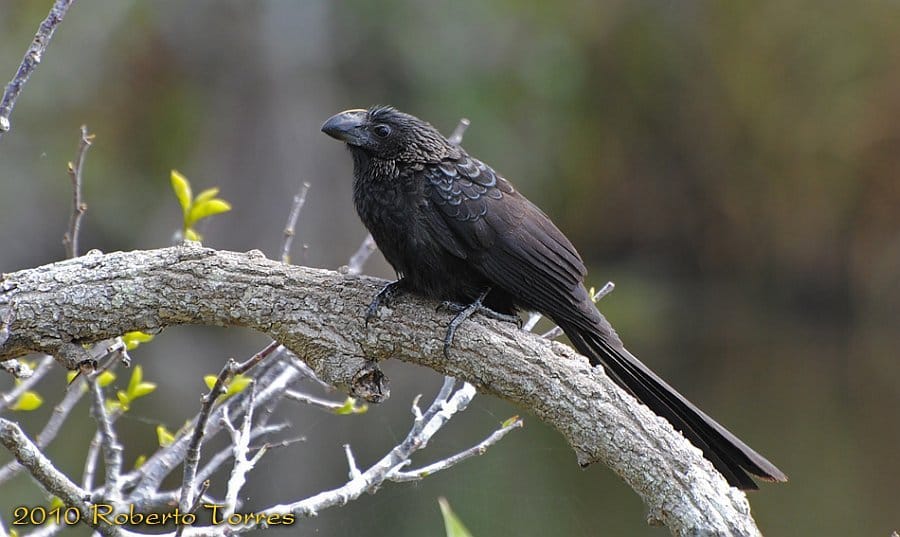
Smooth-billed Ani (Crotophaga ani) is a widespread and ubiquitous bird in disturbed grassy areas throughout much of the neotropics, including most of the Caribbean Islands. It is one of three species of ani (Groove-billed and Greater Anis are the other two) and together form a unique branch in the cuckoo family. Incredibly social, Smooth-billed Anis form monogamous pairs that build a communal nest where all birds share in the responsibilities of feeding and tending to the young. In addition to having a communal nesting strategy, anis also spend a significant amount of time allopreening, huddling together, and sunning themselves together on exposed branches. Diet is composed mostly of large insects. Interestingly, perhaps explaining their widespread distribution that includes many islands, I have observed anis soaring in Venezuela much like a vulture or raptor.
Formerly a common resident in the southern peninsula of Florida, these meerkats of the bird world have declined sharply in the ABA area to the point that they have almost certainly been extirpated as breeders with only occasional wanderers from the Caribbean showing up at coastal locations in southeast Florida — it is about as difficult to see a La Sagra’s Flycatcher or Western Spindalis in the ABA area as a Smooth-billed Ani now. What happened to the anis? Also in this article, a few brief notes on the occurrence of Groove-billed and Greater Ani in the sunshine state.
A lone Smooth-billed Ani, dubbed the ‘Orphan Ani’ by locals, that lingered for months at Anhinga Trail in 2010.
Smooth-billed Anis were relative newcomers as breeders to Florida, having only begun nesting since the 1930s. According to the Florida Breeding Bird Atlas, the first confirmed breeding record was in Miami in July of 1938. From the 1940s to the 1970s, the species rapidly spread from the southern tip of the peninsula to areas north of Lake Okeechobee including the Tampa-St. Petersburg area and Cape Canaveral. During this time, southern Florida was in a state of ecological chaos. Large swaths of the Everglades were being drained to make way for cattle ranching, citrus groves, and low density housing that included many overgrown, weedy lots. Development patterns have changed in the southern half of the state since then, with agricultural areas being rapidly replaced and fragmented by commercial lots and suburban housing developments. Ani populations plummeted perhaps as a direct result of changes in land use as well as severe freezes which this species does not seem to tolerate.
However, the true reason (or reasons) for their rapid decline remain a mystery. Certainly, Smooth-billed Anis have shown great adaptability in Latin America where they can often be seen in parking lots and unkempt grassy lots right in the middle of large cities from San Juan to Caracas. Significant amounts of habitat along Krome Avenue in western Miami-Dade as well as Everglades National Park remain, but even the colonies present at Anhinga Trail and Eco Pond have disappeared — a true mystery. Some have even suggestions that pesticides being used to control mosquitoes are partially responsible for wiping out these dark birds. In any case, birders hoping to see Smooth-billed Ani in the ABA area now must hope for single strays to show up in the Florida Keys and along the southeast coast of Florida.
A Groove-billed Ani photographed in Pinellas County in 2011, by Carlos Sanchez
Groove-billed Anis have become about as regularly recorded as its smooth-billed kin in Florida recently, showing up as a regular (if rare) fall migrant in the Florida panhandle in single digit numbers every year. Some of these birds successfully winter in central and southern Florida. Last, a young Greater Ani was photographed in Key Biscayne in December of 2010, but was immediately dismissed due to questions on provenance. However, like the two previous species discussed in this article, Greater Anis have a precedent for wandering, having been recorded in Costa Rica and the US Virgin Islands in recent years which is well outside of its ‘normal’ range — just some food for thought. In conclusion, Smooth-billed Ani is most likely not a resident breeder any longer in the state of Florida — only a regular visitor much like Groove-billed Ani.

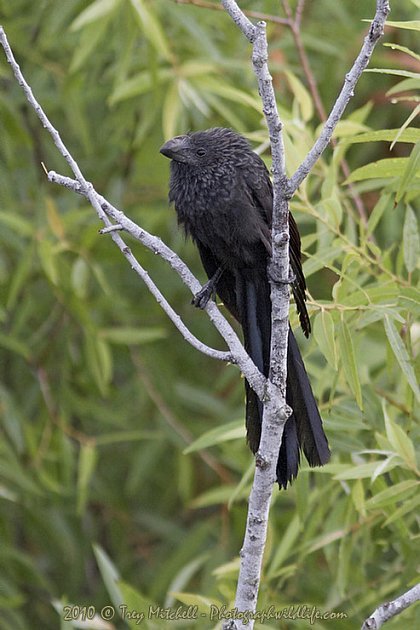
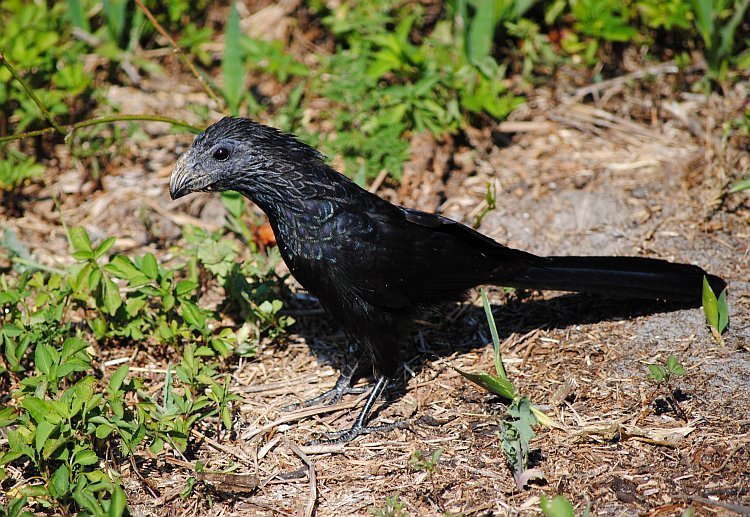






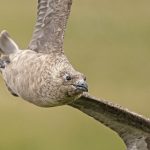

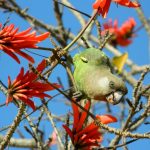
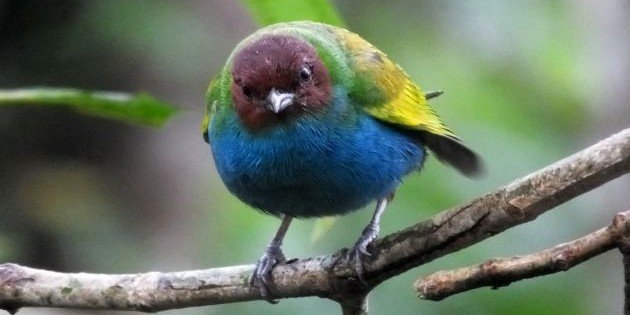
When I first started birding, everyone said ‘go to the Ft. Lauderdale Airport’ for Smooth-billed Anis. I searched for years, unsuccessfully, and everyone said, ‘oh, they’re gone, there’s too much development.’ And then, they were discovered nearby, on Old Griffin Road, where I saw four in March 2007, on a magic day: http://www.flickr.com/photos/queensgirl/428930002/
I hope someone rediscovers this family somewhere in the area, they looked very happy together in this little park.